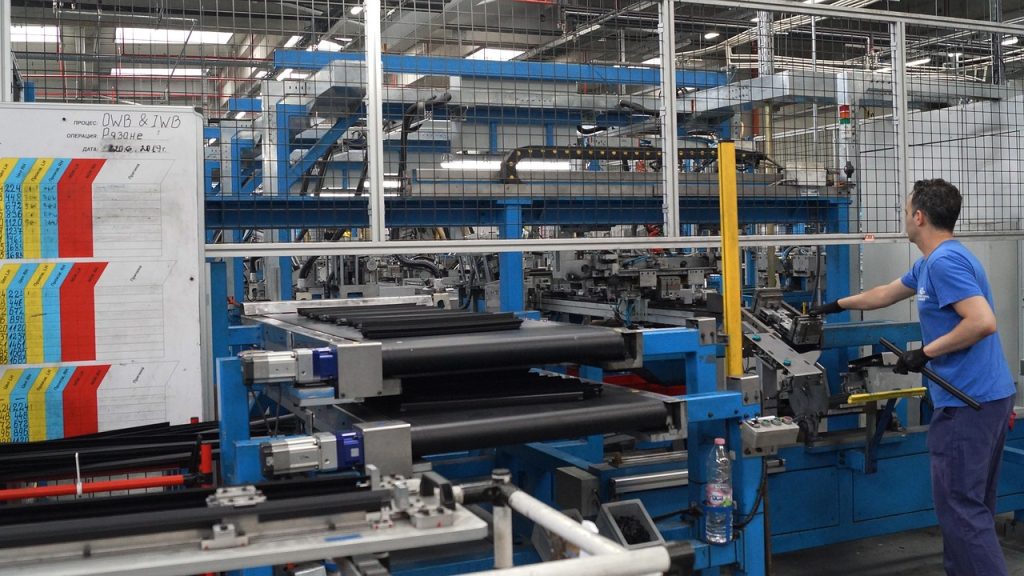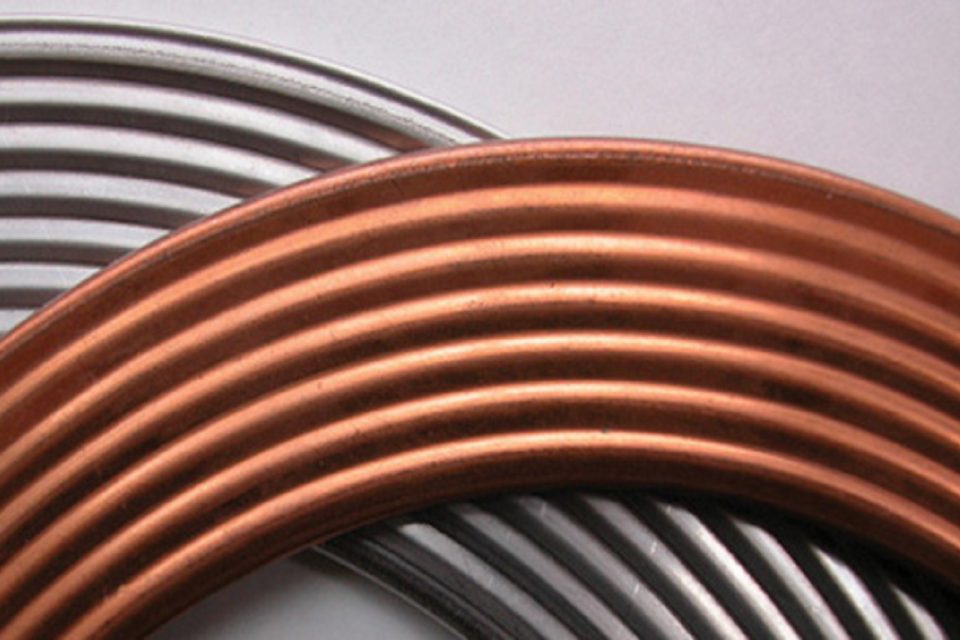Kammprofile gaskets represent one of the most reliable sealing solutions for critical industrial applications. These precision-engineered components feature a serrated metal core with flexible facing materials, creating an optimal balance between resilience and sealability. The unique design allows for excellent recovery under compression while maintaining dimensional stability across temperature fluctuations and pressure cycling.
The serrated metal core of kammprofile gaskets provides exceptional mechanical strength, while the facing materials ensure conformability to flange surface irregularities. This combination results in superior sealing performance even when exposed to extreme conditions including thermal cycling, high pressures, and corrosive media.
Key Advantages in Critical Applications
When dealing with high-temperature environments, kammprofile gaskets demonstrate remarkable performance characteristics. The metal core maintains structural integrity while specialized facing materials adapt to flange movement. This design philosophy enables reliable sealing across a wide range of operating conditions.
Several industries rely on these specialized gaskets:
- Petrochemical processing units
- Power generation facilities
- Chemical manufacturing plants
- Pharmaceutical production
- Nuclear installations
- Pulp and paper mills
The adaptability of kammprofile gaskets to various media makes them ideal for processes involving steam, chemicals, hydrocarbons, and gases. Their ability to maintain seal integrity under fluctuating conditions reduces the risk of leakage and associated safety hazards.
Mica Gasket Material: Enhancing Performance Parameters
Mica gasket material represents a significant advancement for high-temperature applications. This naturally occurring mineral demonstrates exceptional thermal stability, maintaining its physical properties at temperatures exceeding 800°C. When incorporated as a facing material for kammprofile gaskets, mica provides superior resistance to thermal degradation.
The layered structure of mica gasket material creates an effective barrier against gas and fluid penetration while accommodating thermal expansion and contraction. This characteristic proves particularly valuable in applications experiencing thermal cycling, where conventional gasket materials might fail due to embrittlement or relaxation.
Industrial applications benefiting from mica-faced kammprofile gaskets include:
- Exhaust systems
- Heat exchangers
- Furnace door seals
- Turbine casings
- Reactor vessels
- High-temperature pipeline connections

Technical Specifications and Selection Criteria
Selecting appropriate kammprofile gaskets requires careful consideration of several parameters:
Pressure Ratings
Standard kammprofile gaskets typically accommodate pressures ranging from vacuum to 250 bar, with specialized designs capable of withstanding significantly higher pressures. Engineers must evaluate maximum operating pressure along with potential surge conditions when selecting gasket specifications.
Temperature Considerations
Temperature capability varies depending on the facing material. While graphite facings perform well up to 450°C, mica gasket material extends the upper temperature limit considerably. When evaluating temperature requirements, both continuous operating conditions and potential excursions must be considered.
Chemical Compatibility
The metal core material must be selected based on media compatibility, with options including:
- 316L stainless steel for general corrosion resistance
- Alloy 825 for acidic environments
- Titanium for extreme corrosion conditions
- Monel for specialized applications
Facing materials likewise require compatibility assessment, with mica gasket material offering excellent resistance to oxidation and chemical degradation compared to alternative facing options.
Installation and Maintenance Best Practices
Proper installation significantly impacts the performance longevity of kammprofile gaskets. Flange surfaces should be thoroughly cleaned and inspected for damage prior to installation. Bolt tightening must follow specified torque sequences, typically using a minimum of three progressive tightening passes to ensure uniform compression.
When using mica-faced kammprofile gaskets, installers should avoid excessive compression, as the material’s natural structure can be damaged beyond its design parameters. Manufacturers’ recommendations regarding compression limitations should be strictly followed.
Periodic inspection during operation helps identify potential issues before failure occurs. Visual examination during scheduled maintenance can reveal signs of relaxation, compression set, or material degradation. Kammprofile gaskets with mica facing typically exhibit excellent retention of recovery properties, extending service intervals compared to conventional gasket technologies.
Cost-Benefit Analysis
While initial procurement costs for kammprofile gaskets exceed those of simple gasket designs, the total cost of ownership calculation must include:
- Extended service life
- Reduced maintenance frequency
- Minimized downtime
- Enhanced safety profile
- Lower likelihood of environmental incidents
In applications where reliability is paramount, the engineering advantages of kammprofile gaskets with appropriate facing materials like mica significantly outweigh the initial investment premium. The combination of mechanical stability and thermal resilience creates a sealing solution ideally suited to the most demanding industrial environments.

